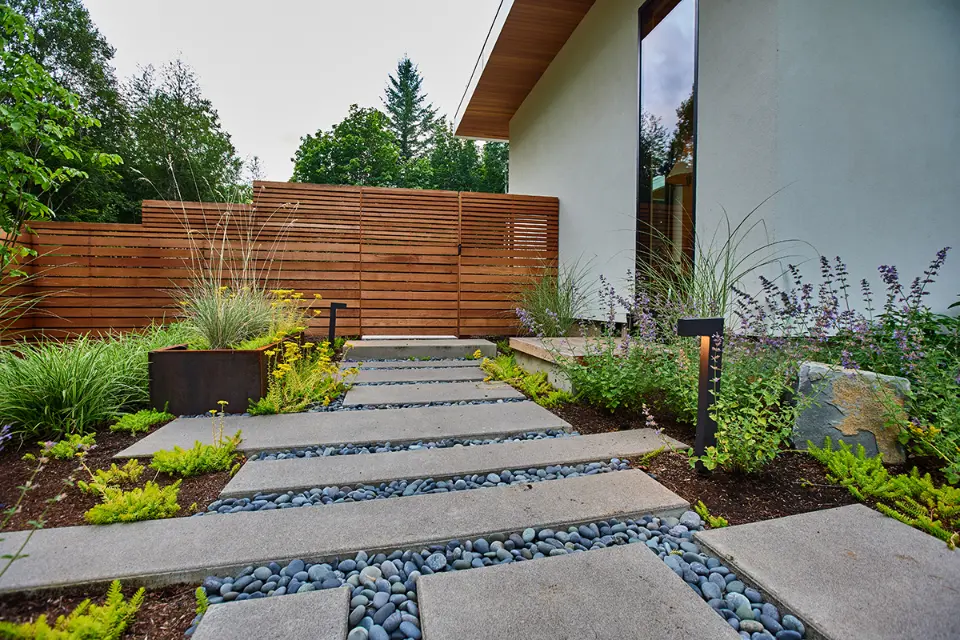As some of you might know, taking on a full property transformation is a big deal—especially if you want it to look amazing both inside and out. When you’re planning a major project, you might be surprised at how much of an impact outdoor spaces have on the overall feel. That’s where a Landscape Architect comes in. Picture a skilled pro who can turn dull yards into dream gardens. They blend creativity, sustainability, and practicality, making sure every inch of your outdoor space shines. Today, let’s explore how their expertise can elevate your entire place, saving time, money, and stress.

Understanding the Benefits of Professional Landscape Architecture
One of the biggest perks of working with a Landscape Architect for your full home remodeling is their unique perspective. While many folks try DIY solutions or simple fixes, a trained specialist can see your property as a blank canvas filled with potential. They do landscape design projects with purpose, balancing vibrant greenery, stone walkways, and cozy seating areas. This isn’t just about planting flowers; it’s about making your outdoor world flow beautifully.
Plus, their expertise in architecture and planning means no guesswork when it comes to sustainable choices. A pro understands which plants thrive in your region, how to manage runoff, and how to add eco-friendly touches. Instead of random planting, they craft a space that looks lovely now and matures gracefully over time.
Exploring the Job Outlook for Skilled Professionals
If you’re curious about the future of this field, you’ll be happy to know the demand for a Landscape Architect’s work is steady in the U.S. More people appreciate well-designed outdoor spaces, and developers often rely on these pros for eye-catching communal areas.
As more homeowners and commercial clients seek out stunning exteriors, opportunities continue to grow. This steady demand suggests that skilled experts won’t be going anywhere anytime soon, ensuring that their specialized knowledge will remain valuable for years to come.

Comparing a Landscape Designer to Other Landscape Architects and Designers
It’s easy to get lost in the world of outdoor design. A Landscape Architects design differs from a simple gardener or general designer because they’re trained in both aesthetics and technical details, they also hare a part of the American Society Of Landscape Architects. They aren’t just picking plants; they’re considering soil conditions, drainage, and long-term upkeep. Their formal training sets them apart, ensuring you’re not just hiring someone who knows flowers, but someone who understands how every element interacts.
In contrast, a basic site design and construction might help choose your favorite shrubs, but might not think about water flow or local environmental factors. By bringing in a licensed professional, you can relax knowing that every detail is planned, measured, and aligned with your lifestyle and region.

How a Thoughtful Landscape Plan Elevates Your Overall Home
Before you dive into any big changes, consider that a carefully crafted plan from a Landscape Architect may add value and style while keeping up with ASLA. With a master plan, you’ll enjoy smoother construction, fewer costly mistakes, and an outdoor area that complements your entire home remodel. Check out these benefits:
- Improved curb appeal that wows guests from day one
- Spaces designed for lounging, dining, and soaking up the sun
- Tailored plant selections that reduce maintenance hassles

Wrapping Up
In the end, partnering with a Landscape Architect with years of full-time experience can completely transform your place. They bring the right balance of artistry and know-how, turning your yard into a welcoming retreat. Instead of stumbling through trial and error, you get a plan that works from the start.
No matter the size or style of your property, their guidance ensures a unified look that makes sense. Think of it as hiring a personal guide who knows every shortcut and trick. You’ll love the results, and so will everyone who visits.
FAQ
Q1: What degree is needed for a career in outdoor design and planning?
A Bachelor of Science or a degree in a related field such as horticulture, ecology, or civil engineering is often required.
Q2: Do professionals in outdoor planning need to be licensed?
Yes, many states require professionals to pass specific registration examinations and meet licensing requirements under state boards.
Q3: What tools do professionals in this field use?
They often use computer-aided design and drafting (CAD) software, cost estimation tools, and sustainable design methodologies.
Q4: What career outlook exists in this field?
The Bureau of Labor Statistics projects steady demand, especially for those involved in restoration projects and urban planning.
Q5: What practical experience is beneficial?
Hands-on experience in planting design, stormwater management, and construction projects is highly valuable.

